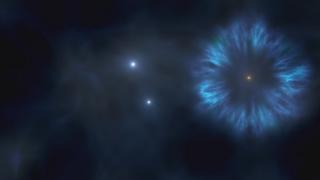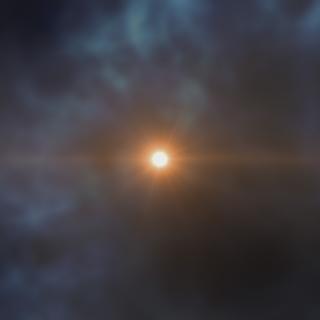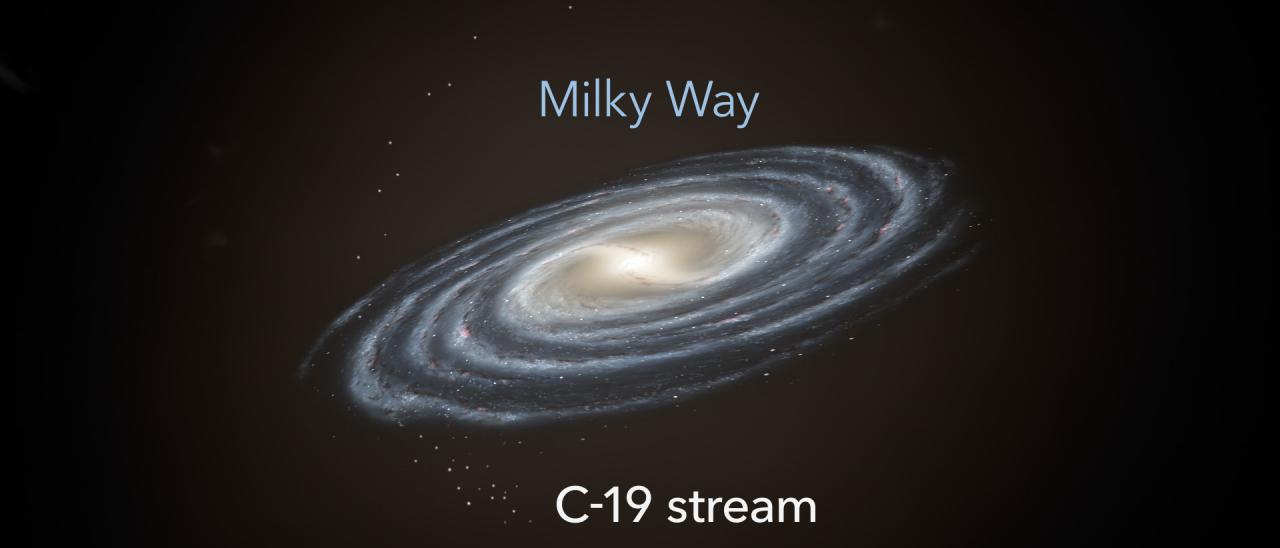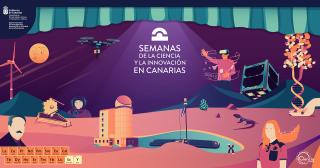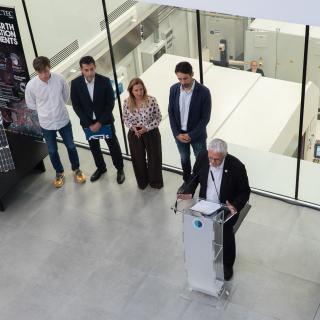Just as archaeology examines the ground with great care to find valuable objects which helps us to get to know ancient civilizations, astronomers look at the stars in the Milky Way in the hope of finding clues to help us understand the earliest period of development of our Galaxy.
A team of researchers, in which the Instituto de Astrofísica de Canarias participates, publishes today in Nature the discovery of the oldest globular cluster remnant discovered to date. This study combines data from ESA's GAIA satellite with observations made at the Gran Telescopio Canarias, installed at the Roque de los Muchachos Observatory (Garafía, La Palma), together with the CHFT and Gemini-North telescopes at the Mauna Kea Observatory (Hawaii).
Globular clusters are groups of stars, usually very old, which are in the outskirts of galaxies. The stars in this globular cluster have very low proportions of heavy metals. “This observation opens a unique window directly onto the first epoch of star formation in the universe” says Nicolas Martin, a researcher at Strasbourg Observatory who is the first author on the paper we are reporting here: “We have found a relic of the epoch when the first stellar structures were formed” he adds. Until now nobody knew that there were globular clusters with so little heavy element content, so that this work is a key discovery for understanding how stars formed in the primitive universe.
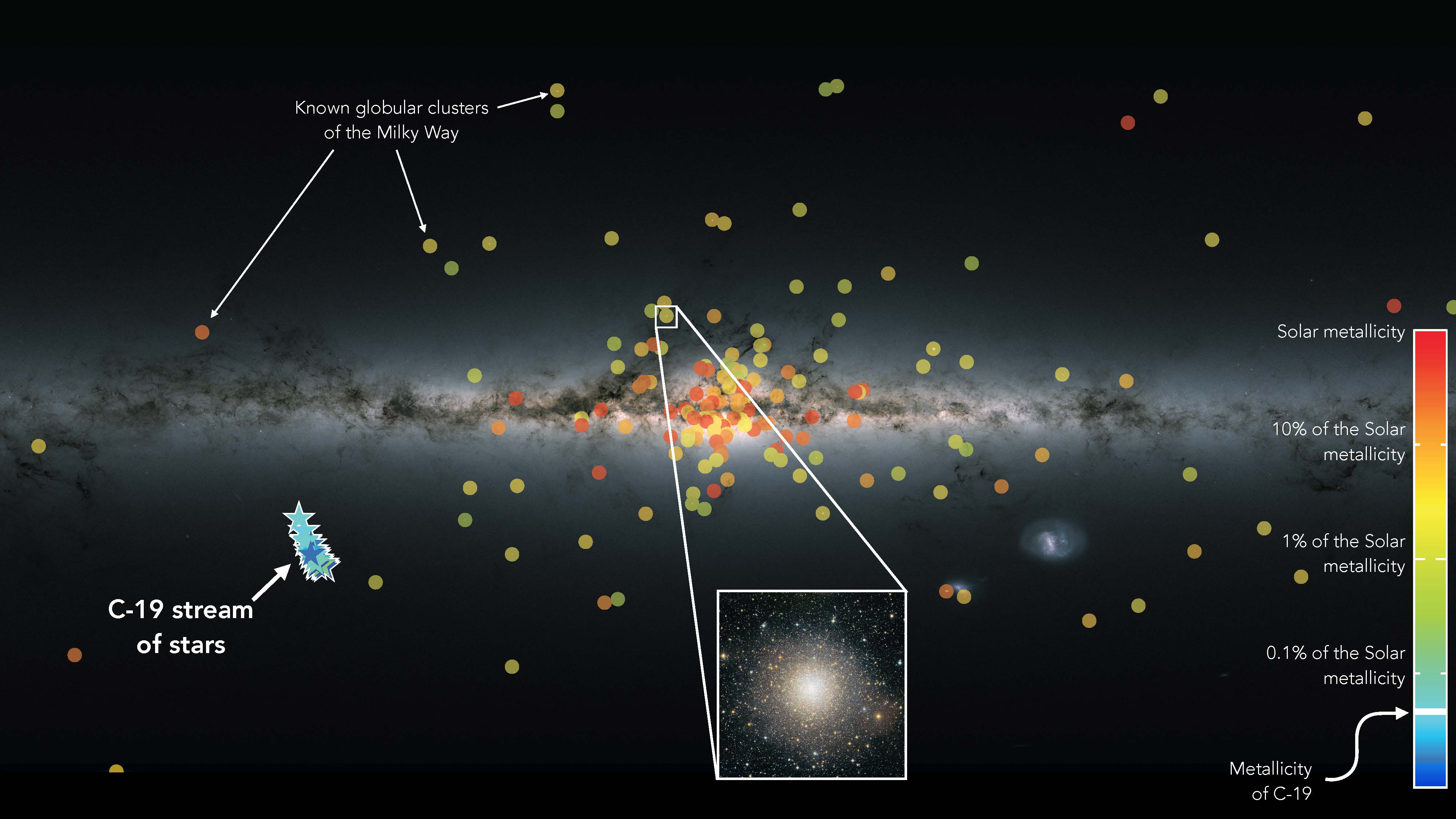
To study the first stellar structures which formed in the Universe, astronomers could study the most distant galaxies, or study in great detail the oldest structures in the Milky Way, a method which has been called “Galactic Archaeology”. “Most of the stars in our neighborhood such as the Sun, were formed in our galaxy. However, a tiny fraction of the stars and star clusters in the Milky Way, which can be found in its surroundings, were brought here in smaller galaxies,” explains Jonay González, a researcher at the Instituto de Astrofísica de Canarias and a co-author of the article. “The cluster we have discovered was probably introduced into the galaxy this way, but has been losing its stars in its orbit round the Galaxy as a result of tidal attractions, leaving a “celestial footprint” of stars”, he adds.
This finding was possible thanks to data taken by the GAIA satellite of the European Space Agency (ESA), and the identification of these primitive stars in the Pristine Survey, which is being carried out with the Canada-France-Hawaii Telescope (CFHT) on Mauna Kea, Hawaii. The research team explored the map recorded by the Gaia satellite, using a new algorithm which helps to isolate these rare stellar groupings. One of the structures discovered was a new stellar stream which the team labelled “C-19”. At the same time the Pristine study, from Hawaii, had been mapping the sky to make systematic measurements of the abundances of heavy elements in millions of stars. The combination of the two studies showed that C-19 contains stars whose heavy element abundances are extremely low.
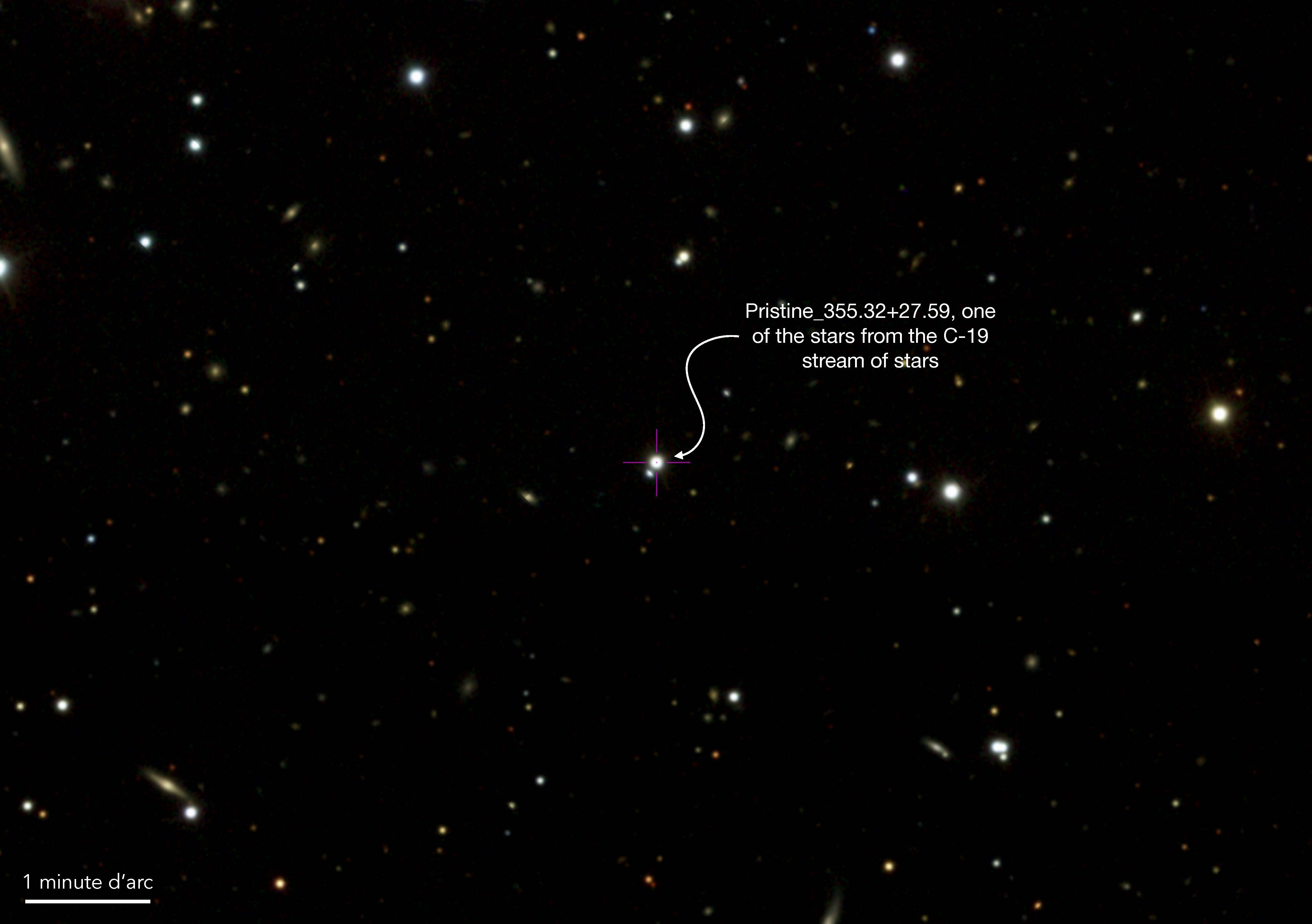
The follow-up observations with the Gemini North Telescope in Hawaii, and the Gran Telescopio Canarias (GTC or Grantecan) in La Palma, confirmed that the perturbed object is a globular cluster, and the exceptionally low levels of heavy elements: as low as 0.04% of the metallicity of our Sun, and well below that of any known structure in the universe.
“The observations from the Gran Telescopio Canarias have been the key to the confirmation of this primitive structure, identified by combining maps from the Gaia mission and with observations from other ground-based telescopes”, comments Carlos Allende, an IAC researcher and a co-author of the article. “This discovery brings us closer to understanding the earliest phases of the Galaxy”, he concludes.
This research team also includes Guillaume Thomas of the Instituto de Astrofísica de Canarias.
Scientific article: A stellar stream remnant of a globular cluster below the metallicity floor. DOI: 10.1038/s41586-021-04162-2 (link: https://www.nature.com/articles/s41586-021-04162-2)
NoirLab PR: “Ruins of Ancient Star Cluster Found at Milky Way’s Edge”.
Contact at the IAC: Jonay González (jonay [at] iac.es (jonay[at]iac[dot]es))
